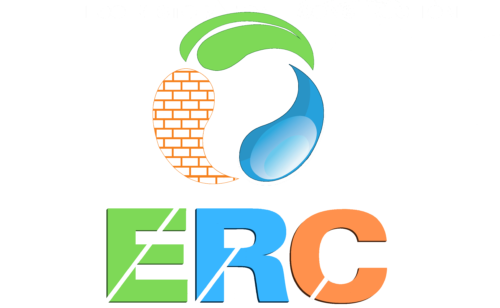Detecting mold in your home is a crucial aspect of maintaining a healthy living environment. While mold is a common issue in many households, understanding how to identify and manage it can often seem daunting. This guide aims to demystify the process of mold testing, providing you with the knowledge and tools to ensure your home remains safe and mold-free.
Mold testing can be done either through do-it-yourself kits or by hiring a professional mold service. Each method has its own advantages and considerations, which we will explore. From what’s included in a typical DIY kit to understanding professional testing methods, this guide covers the essentials of home mold detection.
Let’s get into mold testing to help you make informed decisions about maintaining a healthy home environment.
DIY Mold Testing Kits: What’s Inside?
In a typical DIY mold testing kit, you’ll find most of the essentials. These often include at least one Petri dish for collecting mold spores. You can test up to two areas in your home with these kits. However, remember, if you’re checking a space you think is heavily mold-infested or if you have mold-related health concerns, you’ll need protective gear. This includes vinyl or latex gloves, a hair cover, an N-95 respirator mask, and shoe coverings. Do note, these safety items aren’t usually part of the kit. And if you have serious respiratory issues, it might be safer to call a professional instead.
Some kits require sending your sample to a lab for analysis. They’ll identify the type and amount of mold present and send you a detailed report.
Top Picks for Mold Detection Kits
- Healthful Home HH2003 Mold Test: This kit is a standout for its speed and accuracy, giving results in just five minutes. You swab a suspected moldy area, place the sample in the test dishes, and interpret the results based on the test lines.
- Mold Inspection Network: Ideal for detecting allergen-causing pollen and mold spores. It’s comprehensive, easy to use, and comes with clear instructions.
- ProLab MO109: This kit is praised for its user-friendliness and accuracy. It includes three different sampling methods, allowing for both air and surface mold testing.
Professional Mold Testing: Air and Surface Sampling
Professional mold inspectors use surface sampling to detect mold on various surfaces and air samplers to check for airborne mold. They typically test the air inside and outside your home, comparing the results. The type of test – surface or air sampling – depends on the situation, and an experienced professional will determine the best approach for your home.
Other Useful Tools in Mold Detection
- Particle Counters: These devices measure airborne particles, including mold spores, helping you assess air quality.
- Hygrometers: These measure the relative humidity in your home. Since mold thrives in humid environments, this tool helps pinpoint potential mold hotspots.
- Moisture Meters: These detect moisture in materials like wood, signaling potential mold growth areas.
Common Areas for Mold Growth in Your Home
Mold prefers moist and warm conditions. Watch out for these common spots:
- Small, enclosed spaces like utility closets.
- Windowsills.
- Attics.
- Areas under or behind seldom-moved furniture.
- Basements.
- Lower sections of external walls.
- Around refrigerators and kitchen appliances.
- Crawl spaces.
- Garages.
- Bathrooms.
FAQs About Home Mold Testing
- Are DIY Mold Test Kits Reliable? Sometimes, these kits can lead to misinformed decisions due to inaccurate lab analyses and their inability to detect hidden mold. This can result in over or under-treatment based on the test results.
- How Can You Tell if Mold is Affecting Your Health? Symptoms can include fatigue, runny nose, sore throat, headaches, coughing, watery eyes, and sneezing. Asthma sufferers may experience attacks, and those with compromised immune systems could face serious infections.
- Does Mold Always Return? If the original moisture source isn’t addressed, mold can recur, sometimes lurking deep within materials where it’s hard to reach.
In summary, while DIY mold testing kits offer a convenient way to detect mold, it’s important to be aware of their limitations and consider professional testing for accurate results and peace of mind.






